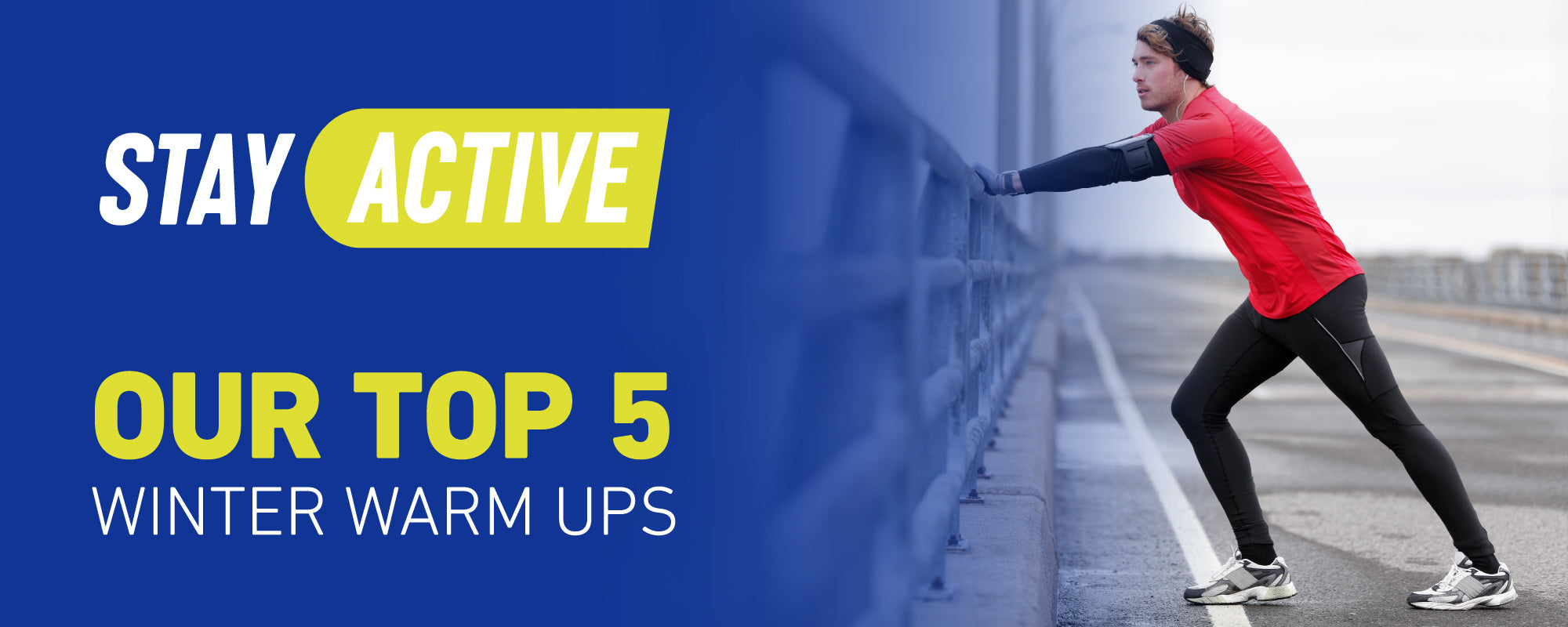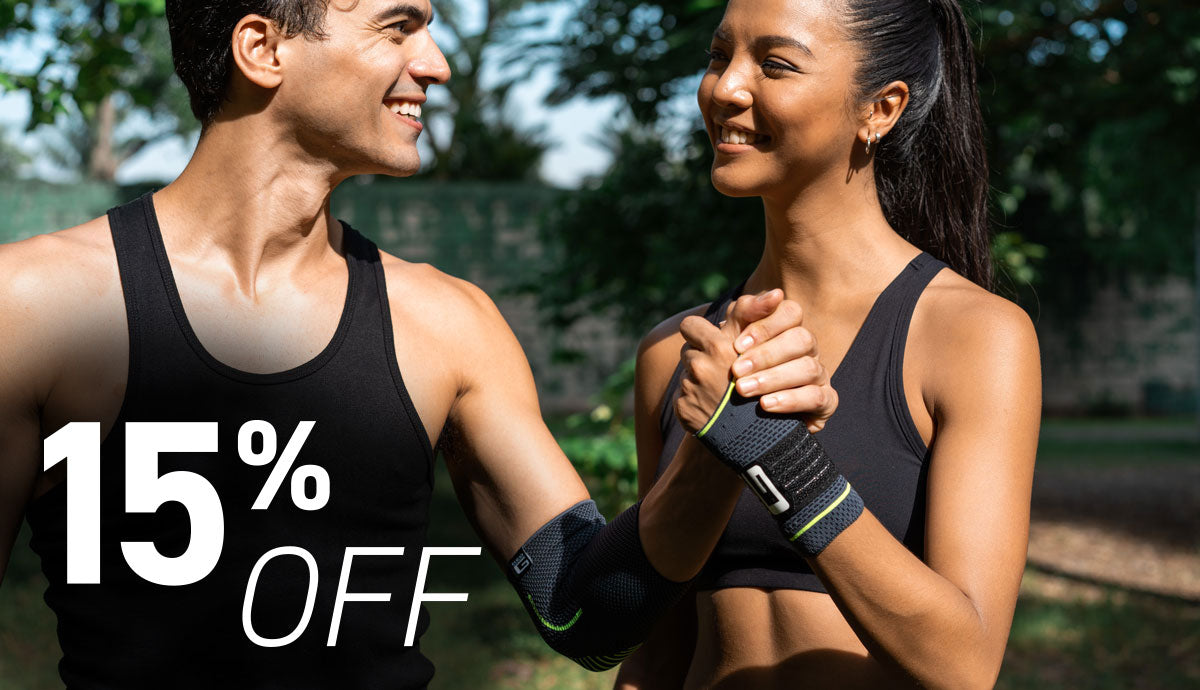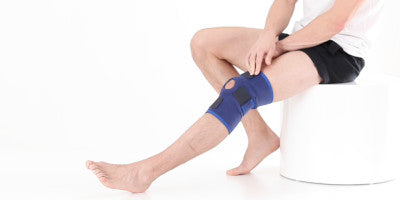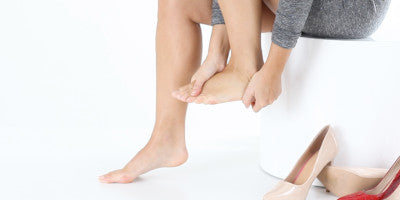Top 5 Warm Ups For Running In Cold Weather

In the face of biting cold, the necessity of a solid warm-up routine before hitting the pavement cannot be overstated. Beyond the discomfort of a chilly start, the risks of plunging headfirst into a run without proper preparation are not to be taken lightly. Cold weather amplifies the strain on muscles and joints, turning a seemingly routine exercise into a potential recipe for injury. When the mercury drops, warming up is more than just a formality. Methodical warm-ups play a crucial role in mitigating the dangers of cold-weather workouts. Here are our five winter warm ups to do before running.
1. A Brisk Walk
A brisk walk serves as the warm-up for your warm-up, boosting your core temperature and making your muscles and joints more receptive to dynamic stretching. This isn't just about going through the motions; it's a practical move to get your blood flowing efficiently. A brisk walk, with purpose, can reduce potential cold-induced stiffness or injury and is a solid starting point for your run, laying the groundwork for a safe and effective workout.
2. Heel-To-Glute Kicks

How: progress from your brisk walk to a light jog, This prepares your body for more dynamic movements. After jogging for a few minutes, transition into the heel-to-glute kicks. While jogging, lift one heel towards your glute by bending your knee, aiming to touch your glute with your heel. Alternate between legs in a rhythmic motion. Keep your core muscles engaged throughout the movement. This not only helps with balance but also activates your abdominal muscles, promoting a more effective warm-up. Emphasize the flexibility of your quads and hamstrings as you perform the heel-to-glute kicks. The goal is to gently stretch these muscles with each kick.
Why: This dynamic warm-up jog with heel-to-glute kicks effectively engages your lower body muscles, especially the hamstrings and quadriceps. It enhances blood flow, flexibility, and prepares your muscles for more intense physical activity, making it an excellent addition to your pre-run routine.
3. High Leg Kicks


How: Carrying on the light jog from the Heel-To-Glute Kicks, and after a short period, introduce High Leg Kicks. As you jog, raise one knee with more emphasis than you would on a regular stride and then kick out your foot, pointing your toes forward. As your kicked foot lands, do the same with your other leg and repeat the process. Again, activate your core muscles to support your balance during the high leg kicks. A strong core contributes to stability and helps you maintain proper form throughout the exercise.
Why: This dynamic warm-up targets the quadriceps, hamstrings, and hip flexors. It enhances blood circulation, boosts flexibility, an, in combination with the other warm ups, readies your lower body for the demands of a cold weather run. Remember to maintain good form but also listen to your body and not over do the activity, or do too much too fast.
4. The Lunge

How: Stand with your feet shoulder width apart, with your hands on your hips. Take a step forward with one foot; this step should be greater in distance than a walking stride and allow both knees to bend fully. Your torso should be upright so you engage your core. Your toes and knees on both legs should be pointing forwards. Finally, your back heel should be off the ground. Having the correct distance between front and back feet will make having your back heel off the ground easier. Return to the starting position by pushing through your front foot heel and repeat on the opposite side.
Why: Prioritising lunges in your warm-up routine before a run in cold weather can be a game-changer, offering more than just a boost to your lower body strength. This dynamic exercise serves as a targeted stretch, honing in on crucial muscle groups such as the gluteus maximus, hamstrings, quadriceps, and calves. Lunges can prime these muscle groups for the impending run and also enhance flexibility and joint mobility. The deliberate and controlled movement of lunges ensures that your muscles are warmed up, reducing the risk of strains and injuries that can be exacerbated by the cold.
5. Calf Springs

How: On a flat surface with your feet shoulder width apart, lift your heels off the ground, rising onto the balls of your feet. Focus on engaging your calf muscles as you ascend. From the balls of your feet, spring upward by pushing through your toes. Aim to achieve a brief moment of weightlessness at the top of the movement. As you descend, land softly on the balls of your feet, bending your knees slightly to absorb the impact. Ensure a controlled landing to minimise stress on your joints.
Why: By incorporating calf springs into your pre-run routine, you're specifically targeting the calf muscles, which play a crucial role in running. This warm-up not only enhances blood circulation but also preps your calves for the demands of a cold-weather run, reducing the risk of injury and ensuring a more effective and comfortable workout.
The significance of a comprehensive warm-up routine before embarking on a cold-weather run cannot be overstated. The combination of a brisk walk, leg lunges, calf springs, hamstring sweeps, and standing quad stretches systematically readies the body for the demands of running, enhancing muscle flexibility, promoting joint mobility, and reducing the risk of injury.
If you are harbouring an injury that may feel worse in cold weather, wearing a support may be an option for you. Offering mild to moderate support, our Active range is constructed from a specialist breathable material, ideal for exercise. These supports are knitted with Multi-Zone Compression which not only means targeted support around joints but also helps warm joints.
As you gear up for that cold-weather run, remember that a well-rounded warm-up is your ally in conquering the elements and ensuring a safe, effective, and comfortable running experience.










